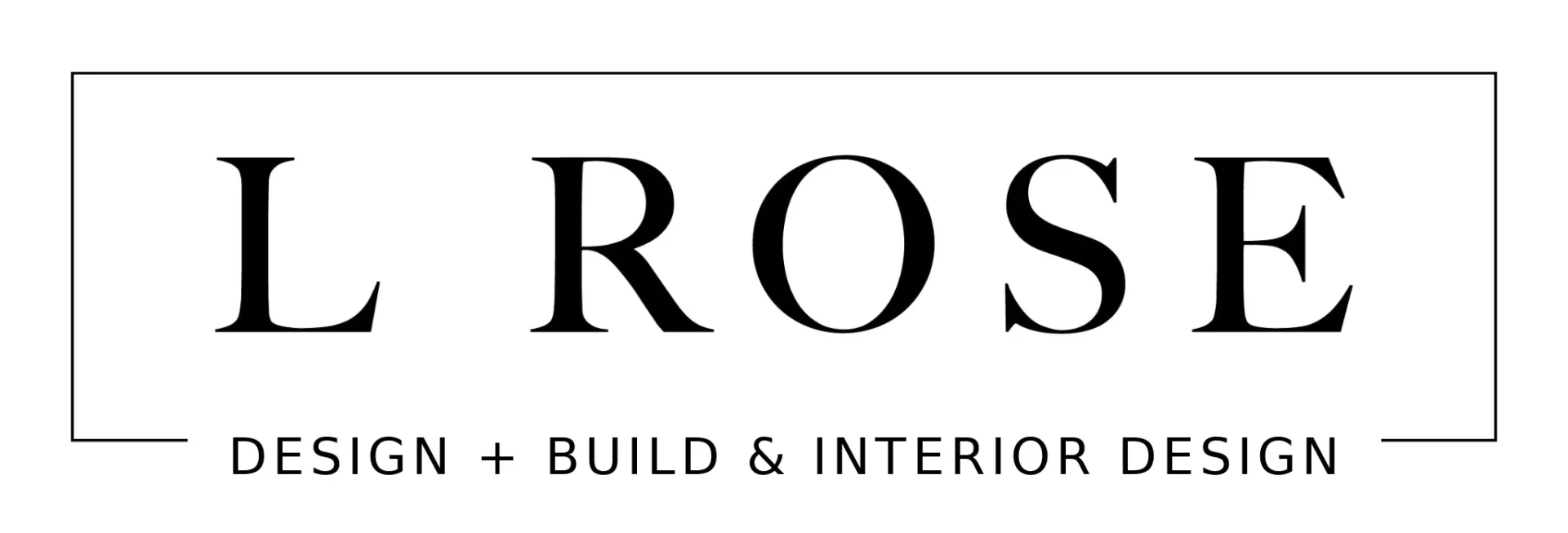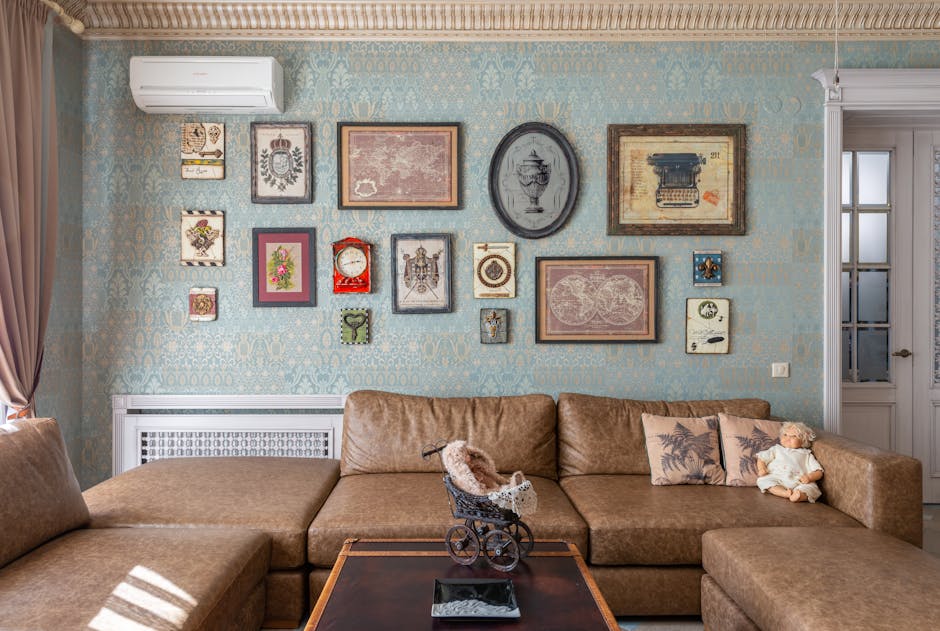What is Traditional Interior Design?
Dive into the elegance and timelessness of traditional interior design, a style that marries comfort with classicism to create spaces that feel both grand and welcoming.
Defining Traditional Interior Design
Traditional interior design draws on the past to create rich, layered spaces that exude a sense of history and continuity. It’s a style characterized by attention to detail, symmetry, and a harmonious blend of elements that evoke a classic, timeless aesthetic.
This style has its roots in European sensibilities, particularly the 18th and 19th centuries, focusing on the deep appreciation for craftsmanship, fine materials, and intricate details.
In essence, traditional interior design is about creating spaces that feel both grand and inviting, with a focus on comfort, order, and familiarity. It’s a reflection of an era where craftsmanship and beauty were paramount.
Characteristics of Traditional Interior Design
The hallmark of traditional interior design lies in its emphasis on harmony and order. Furniture arrangements are symmetrical, and design elements favor balance and modesty over ostentation.
Rich color palettes, detailed woodworking, and luxurious fabrics like silk, velvet, and brocade are common, adding depth and texture to spaces.
Decorative accents play a crucial role, with art, antiques, and heirlooms serving as focal points that add a personal touch and historical depth.
Window treatments are elaborate, often featuring layers of curtains and valances, contributing to the overall sense of opulence and elegance.
Key Elements in Traditional Decor
A defining feature of traditional decor is the furniture, often inspired by European styles, with pieces that have a sense of history and craftsmanship.
Wood tones are rich and warm, contributing to the inviting atmosphere. Mahogany, cherry, and oak are frequently used for their durability and beauty.
Ornate details, such as carved moldings, tufted backrests, and claw-foot legs, add a touch of sophistication and elegance.
Color Schemes Used in Traditional Interiors
The color palette of traditional interior design often includes muted and warm tones that create a comfortable and cohesive look. Think deep reds, browns, blues, and greens.
Neutral backgrounds allow for flexibility in design, making it easy to layer colors and patterns for a rich, multi-dimensional look.
Furniture Styles Common in Traditional Interior Design
Furniture in traditional interior design boasts a dignified and timeless aesthetic, often with intricate detailing and a nod to historical styles such as Queen Anne, Chippendale, and Sheraton.
Each piece is not just functional but also beautiful, acting as a statement of luxury and craftsmanship.
Textiles and Patterns in Traditional Interior Design
Luxurious textiles and rich patterns are staples in traditional interior design, contributing to the overall sense of comfort and opulence.
Floral prints, stripes, and plaids are often mixed and matched, while fabrics like damask, velvet, and silk add depth and interest.
How to Incorporate Traditional Interior Design in Modern Homes
Incorporating traditional design into modern homes involves blending timeless elements with contemporary comforts, creating spaces that are both elegant and functional.
Start with classic pieces of furniture and mix them with modern accents. Use modern lighting and art to bring a fresh perspective to traditional rooms.
Consider incorporating antique pieces for authenticity, and balance them with modern color schemes and materials for a harmonious look.
The Timelessness of Traditional Interior Design
The appeal of traditional interior design lies in its ability to withstand the test of time, offering a counterbalance to the often transient trends of contemporary decor.
Its timelessness is rooted in the appreciation for craftsmanship, quality, and a harmonious aesthetic that resonates across generations.
Embracing Timelessness in Your Home
Embarking on a traditional interior design journey brings more than just beauty into your home; it weaves a story of history, craftsmanship, and timeless elegance. This approach to decorating offers a way to honor the past while still incorporating modern comforts, creating spaces that are not only visually appealing but deeply meaningful. Whether you’re looking to refresh a single room or transform your entire home, embracing traditional interior design opens the door to creating a lush, layered, and utterly inviting living environment.

